|
On Saturday 16th January the Weight-Bearing Computed Tomography Society held their 2nd Annual International Meeting. The recordings of each talk are being made available via the FootInnovate platform. If you don't know which talks to watch or aren't a member of FootInnovate then this guide synthesises the key themes of the talks and highlights key speakers for each topic. The International WBCT Society is an academic society focused on enhancing diagnosis and understanding of weight-bearing foot and ankle conditions. The IWBCT promotes dialogue and collaboration on weight-bearing CT research initiatives, through events like the 2nd International WBCT Society Virtual Meeting. The goal of the society is to help create standardised clinical protocols for weight-bearing CT measurements and analysis. Theme 1. InnovationThis link between research and clinical practice pervaded all talks at the meeting. In particular, the talks by Dr’s Ellis and Welcks made it clear that WBCT is becoming the standard for assessing the following foot and ankle conditions in both Europe and the USA:
The main advantages of WBCT for these conditions being that clinicians can:
One other clear outcome from the meeting was the rising use of WBCT for patients with hip and knee problems like patella instability (Dr Belvedere), knee arthritis (Dr Segal) and hip preservation (Dr Willey). Across these presentations, WBCT: enhanced understanding of kinematics, increased detection of arthritis and allowed for joint space quantification. Further work in these two anatomies is sure to bring about better patient care and quality of life improvements. Talks concerning these topics:
Theme 2. Advances in 3D AnalyticsA second key theme of the meeting was the analysis of three-dimensional medical images. Acquiring 3D data is just the first step in the process for both clinical and research workflows. Analyzing this data is the next step. That starts with the segmentation of bones and then the measuring distances and angles relevant to the diagnosis at hand. Dr Wellenberg’s excellent study comparing 2D vs 3D, and CBCT vs WBCT data highlighted a common drawback to analysing 3D data- the time involved in segmentation. He reported spending 6 hours per patient manually segmenting data, slice by slice. Dr Wellenberg was not alone, talks by Drs Conti and Leardini (among others) also mentioned the prohibitive time expense that segmentation requires. In contrast, the time savings discussed by Drs Burssens, Haapasalo, and Leardini, who used Disior’s automated medical imaging software stood out (e.g. Figure 2). "Disior's a real time-saver, 20 minutes per case with automated measurements as opposed to 6hrs just for segmentation”- Dr Arne Brussens, MD
Drs Haapasalo and Vivtcharenko were the first female speakers at any IWBCT meeting. Both of their talks focused on ways to define joint spacing in 3D (e.g. Figure 3). Joint spacing is a key metric for assessing many foot and ankle conditions, like syndesmotic instabilities and flat foot. By investigating this parameter across healthy individuals and those presenting with different types and degrees of pathology, Drs Haapasalo and Vivtcharenko showed how this type of research can directly impact on clinical practice. Dr de Cesar Netto's talk was also concerned with using 3D analytics to classify the degree of pathology, so that patient groups are more easily defined. The ultimate goal for most research presented at the meeting is a move in clinical practice towards early identification and mitigation of dis-ease. Some very interesting questions arose in the breaks and we at Disior will be releasing articles about the following:
Theme 3. Validation & Standardization
Dr Leardini’s talk demonstrated a current large-scale study being undertaken to address these issues and is well worth listening to. The paper from this study will go into details of time savings and measurement reliability. Dr Leardini also welcomes everyone working in the foot and ankle field to participate in the measurements survey being hosted by the WBCT. The survey aims to garner a wide range of responses to help guide the development of measurement standards and definitions for foot and ankle conditions. By taking part in the survey you will be actively helping to advance clinical 3D analytics of the foot and ankle and ultimately patient care. The results of the survey will be published by the WBCT Society. Overall, the strategies to address validation and standards that seemed to resonate with the attendees were ones involving a high degree of repeatability, automation and objectivity (like Disior) or integration into existing systems (like PACS). Talks concerning these topics:
We at Disior were proud to sponsor the 2nd International WBCT Society Virtual Meeting alongside Planmed, Footinnovate, Curvebeam and Carestream. About UsDisior makes 3D medical imaging software that segments and analyzes 3D anatomies like the foot and ankle. Our software products are CE marked and regulated as medical software devices meaning that the 3D models and analytics have a high degree of reliability and accuracy. If you want to see what we can offer you in terms of automating 3D medical image analysis, get in contact to arrange a demo and a free trial.
Comments are closed.
|
Transforming Treatments
|
Follow our journey at:
Copyright © 2023 Disior™ Ltd. All Rights Reserved Privacy Notice License Agreement Disior™ a Paragon 28® Company |

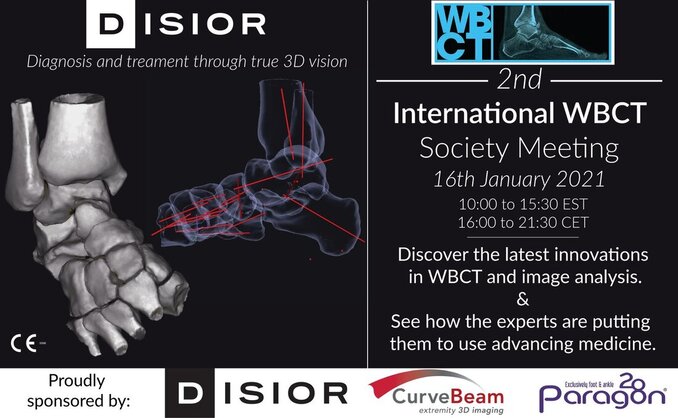


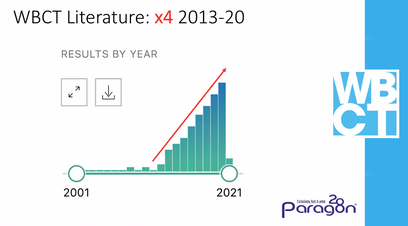


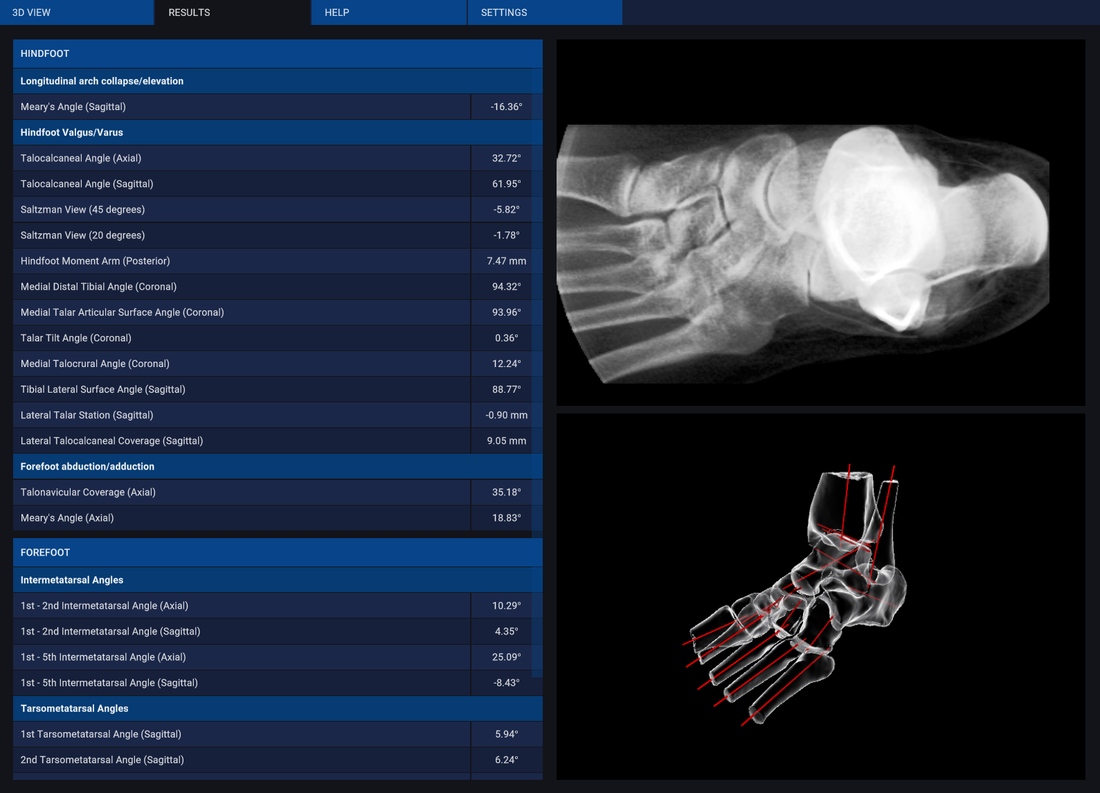
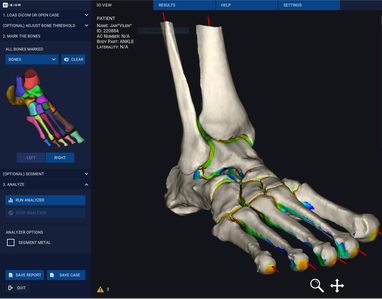
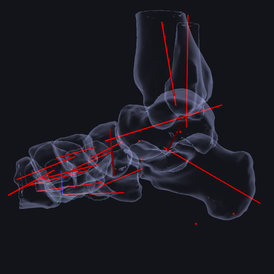


 RSS Feed
RSS Feed

